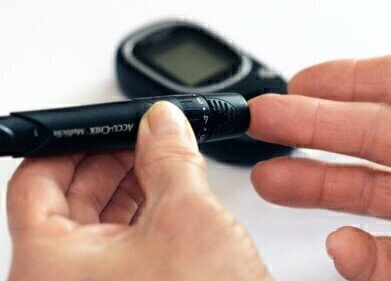Affinity
How Can Dyes Help with Chromatography?
Nov 21 2018
There are many different types of chromatography, with new acronyms appearing regularly as researchers devise new approaches to improve existing methods and add new detectors or technology. But they all basically are reliant on what happens when the mobile and stationary phases interact. After all, chromatography is the prime separation science used in laboratories.
But researchers don’t just look to add high-tech and complex electronics to improve chromatography. Sometimes they are looking for a simple and more cost-effective solution. Affinity chromatography is one of the main chromatography techniques used to separate proteins in a mix. And one of the ways that researchers have ‘improved’ affinity chromatography is with the use of dyes.
Affinity chromatography – natural combination
Affinity chromatography is used to separate proteins based on the interaction between a protein - or protein group – and a ligand. The ligand is attached to the stationary phase or chromatography matrix. The key point is that the interaction between protein and ligand is reversible and can be controlled – by pH or other method – allowing different proteins to be held for different times. This allows the separation.
One of the unique points about affinity chromatography is that it allows purification of a biological molecule based on the molecules biological function or chemical structure. Affinity chromatography can separate biological mixtures that would otherwise be difficult to separate – offering high resolution, high selectivity and high capacity for the protein of choice.
The protocol for affinity chromatography is straightforward:
- Load the column with the affinity ligands
- Apply sample mix using a mobile phase – allow binding time.
- Wash the column to remove non-bound biomolecules.
- Elute required biomolecules using an appropriate mobile phase or by changing column condition.
- Collect eluted sample.
Dye to be better?
One of the issues with affinity chromatography is that the ligands used to bind to the column matrices and attach to the proteins can be unstable, relatively insoluble and expensive. But it was found that synthetic dyes can be used as ligands for proteins. Synthetic dyes are relatively inexpensive, have a higher capacity than other ligands and are easily mobilized so they can be attached to the matrix and then removed.
The initial lack of specificity in dyes has been improved, leading to dyes known as biomimetic dyes. These mimic biological ligands allowing them to attach to the matrix and interact with the required proteins. Developments in chromatographic technology is discussed in the article, Column Technology for Achiral SFC Separations.
Events
Apr 22 2025 Kintex, South Korea
Analytica Anacon India & IndiaLabExpo
Apr 23 2025 Mumbai, India
Apr 27 2025 Portland, OR, USA
May 11 2025 Vienna, Austria
May 18 2025 Tempe. AZ, USA
.jpg)













